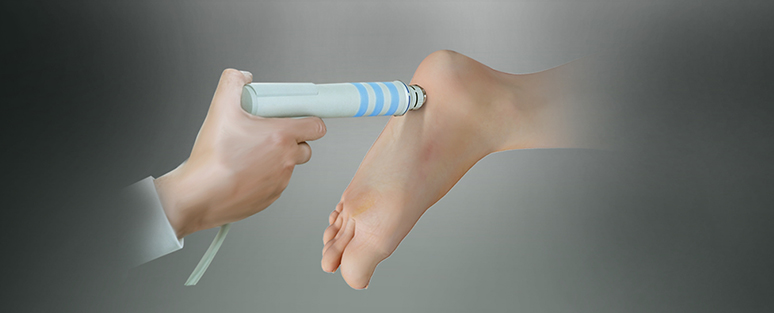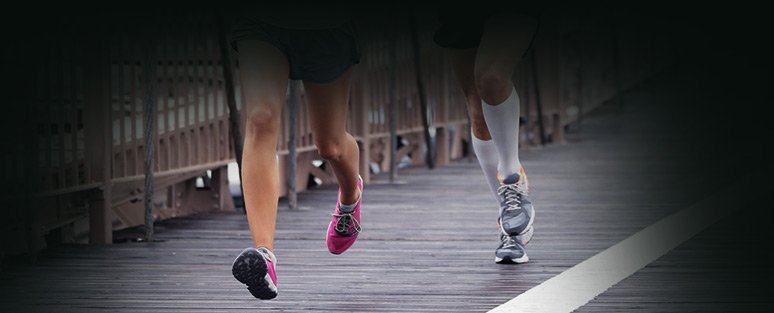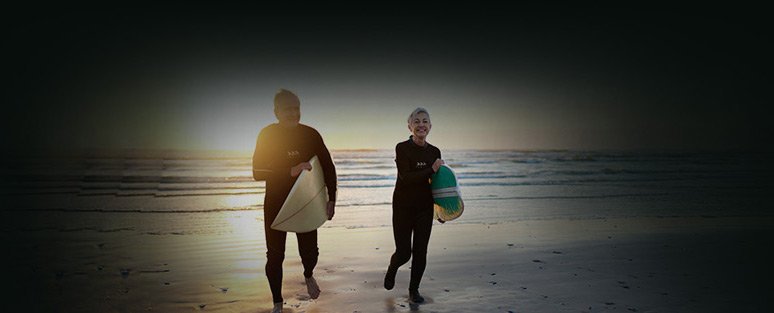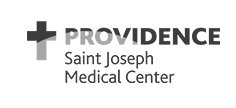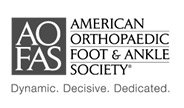What is Radial Shockwave Therapy?
Radial Shockwave Therapy is a cutting edge technology proven to increase the rate of healing for soft tissue injury, musculoskeletal pain and tendinopathy. It is an advanced, non-invasive and highly effective treatment method that decreases inflammation, enhances blood circulation and growth factors that can accelerates the healing process, and result in the ability of acute or chronically damaged tissue to gradually regenerate.
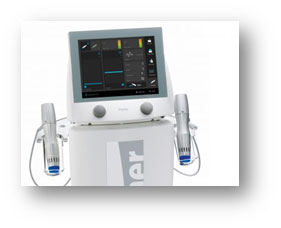
What conditions can be treated with RSWT?
- Plantar Fasciitis
- Achilles Tendinitis/Tendinopathy
- Retrocalcaneal Bursitis
- Stress Injuries
- Shin Splints
- Peroneal Tendinitis
- Patella Tendinitis/Tendinopathy
- Tennis Elbow or Golfer’s Elbow
- Rotator Cuff Tendinitis
- Trochanteric Bursitis
- Gluteus Tendinitis
- Morton’s Neuroma
- Acute or Chronic Musculoskeletal Strains
- Wounds
How does RSWT work?
Shockwave Therapy is a non-invasive modality that has over 20 years of proven treatment for musculoskeletal disorders. When you experience chronic pain, your body no longer recognizes that there is an injury to that area. As a result, it shuts down the healing process and you feel no relief. The ballistic sound waves of the Shockwave penetrate deep through your soft tissue, causing a microtrauma or new inflammatory condition to the treated area. Once this occurs, it then triggers your body's natural healing response once again. The energy emitted also causes the cells in the soft tissue to release certain bio-chemicals that intensify the body's natural healing process. These bio-chemicals allow for the building of an array of new microscopic blood vessels in the soft tissue.
What do studies show?
There have been extensive studies done on Radial Shockwave Therapy over the past 20 years. These studies show an average 80% success rate.
How is RSWT performed?
The system is a machine with an applicator that looks like an ultrasound.
It is administered once a week for a series of 4 to 5 treatments.
Each treatment takes approximately 5 minutes depending on the size and number of areas treated.
All treatments are performed by experienced Doctors or Medical Providers. The applicator to the area and administers the ballistic waves by moving over the affected area in a very slow, circular motion. During the treatment, there may be some minor discomfort. Painful areas are helpful in isolating the truly injured areas.
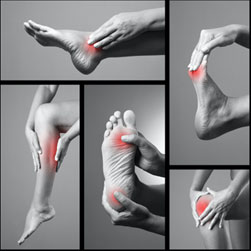
Why consider Radial Shockwave Therapy?
RSWT has a proven success rate that is equal to or greater than that of traditional treatment methods, including surgery, without the risks, complications, and lengthy recovery periods. There are no incisions and no risk of infection, or scar tissue, as there is with surgery.
There is no need for anesthesia to be administered during the treatment, as opposed to high-energy shockwave therapy. Patients treated with RSWT may be active immediately and resume their normal routine the same day. Many patients find a significant and immediate reduction in their pain, while some patients will feel results gradually after each treatment.
RSWT vs Physical Therapy?
Physical Therapy is effective for many conditions, and stretching and strengthening continues to be of benefit. Shockwave Therapy is an excellent adjunct to physical therapy when gains are not being realized or along with a home program. But, if the time it takes to go to physical therapy multiple times a week is not possible, as typically physical therapy is 2 to 3 times a week, for 6 weeks and you are at the facility for no less than an hour, Shockwave therapy along with home stretching or strengthening is an option. In contrast to physical therapy, RSWT treatments are only once a week, for 5 minutes each, which may be more appealing to those with limited schedules. This is a highly effective modality which is faster and more effective than Physical therapy alone and can typically produce faster results in less time, as it helps to stimulate the healing process.
What are the possible side effects?
There have been very few side effects reported. In rare cases, skin bruising may occur. And although there is a near immediate sense of less pain, patients may also feel soreness in the area for a day or two afterward, similar to a strenuous workout.
Will I be in pain afterward?
A day or two after the treatment you may feel a slight discomfort like a bruise, but that is normal and is a sign the treatment is working.
Is it covered by my Insurance?
No. RSWT is not covered by insurance plans, but it is very affordable.




